We should have taken obesity more seriously. The focus of current medical researches around the world is mostly on areas like cancer, diabetes, and other “more malignant” diseases. However, according to WHO, the worldwide prevalence of obesity nearly tripled in the past three decades, and is estimated to reach a whopping 18% rate by 2030. It’s no issue to be taken lightly.
So what do we do? For those with willpower forged of steel, perhaps eat less and work more. What about beyond that? Actually, scientists have been trying for years developing all kinds of medicine and therapies, and here we’ll be looking at the work of a team of Brazilian researchers on the antioxidant properties of an indigenous medicinal herb, Baccharis trimera.
B. trimera was found to possess the power of inducing the weight loss by interfering with transcriptional factors and promoting lipid and carbohydrate metabolism. The paper investigated the antioxidant effect and the inhibitory capacity of the lipid accumulation of the aqueous extract of B. trimera leaves using C. elegans as an animal model. On the antioxidant front, the research team discovered that, by inhibiting the enzymatic activities and directly eliminating reactive species, B. trimera is capable of remedying the harmful effects inflicted by reactive species, upping the bodily antioxidant defense.
Using HPLC-UV-DAD (high-performance liquid chromatography coupled to an ultraviolet spectrum scanning photodiode array detector) and nuclear magnetic resonance (NMR) analysis, researchers were able to determine the major components within the BT extract. Nine major compounds were identified, which were rutin, hyperoside, isoquercetin, apigenin, and chlorogenic acid derivatives. Further toxicity assessment with C. elegans determined that BT extract didn’t exhibit toxicity under the experimental conditions prescribed.
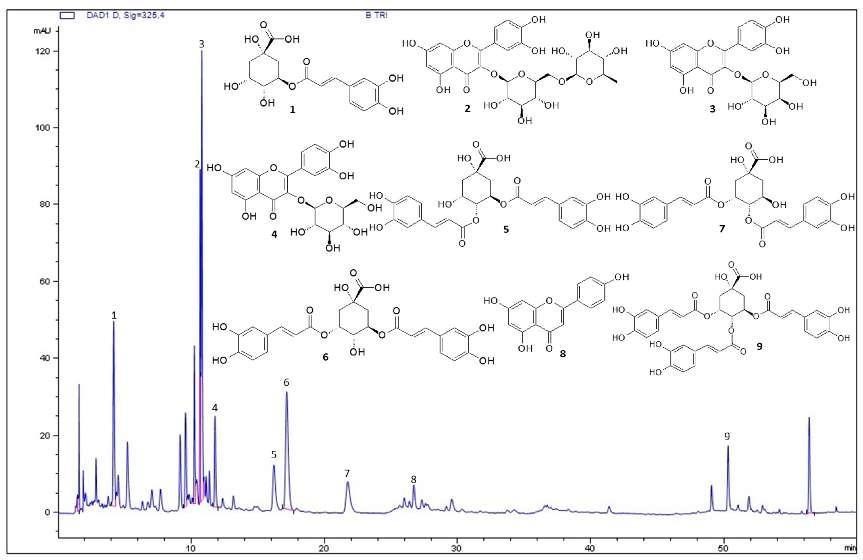
Figure 1. Chromatogram of Baccharis trimera leaf extract (BT) obtained from HPLC-UV-DAD.
In the in vivo antioxidant assays, researchers found that, firstly, BT extract in different concentrations was able to reduce the intracellular levels of ROS, with 1mg/mL and 5mg/mL concentrations reducing 58.8% and 52.9%, respectively, compared to the control (Figure 2). Through a series of survival experiments, they found that BT extract was able to promote the survival rate in worms under induced oxidative stress, shifting the survival curve to the right (Figure 3). Now that we know BT extract was effective, what about the mechanisms behind? Using RNAi interference, the team was about to determine that the pathways through which BT worked could be related to the functions of transcription factors SKN-1 and DAF-16.
Indeed, the antioxidant potential of BT comes from the different phytochemicals present in its constitution, since they have different mechanisms of antioxidant action, and, therefore, they may be acting together to give BT the antioxidant activity observed in the different tests.
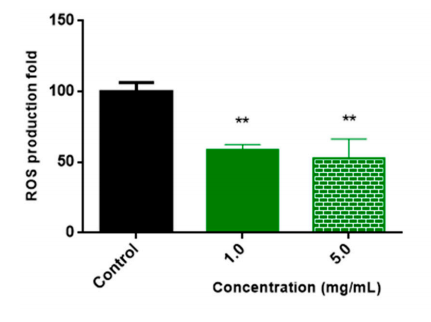
Figure 2. BT extract was cable of reducing intracellular ROS.
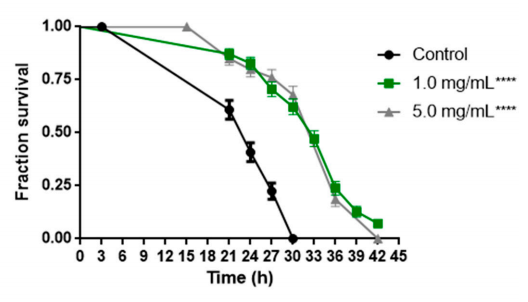
Figure 3. BT extract promoted worm survival under acute stress environment.
The lipid accumulation assay found BT extract effective in reducing fat storage regardless of diet. With Oil Red O staining and triglyceride quantification, the researchers found that there was a decrease in fat accumulation in the worms treated with BT extract regardless of the amount of glucose in the environment (Figure 4). Again in this part of the research, RNAi technology was performed to in an effort to determine the pathway. Two mutant worm strains were obtained for the purpose (TUB-1 and NHR-49). Upon treating with BT extract, theNHR-49 mutant worms were the ones found to display no statistical difference to the control, hence, indicating that BT extract worked in reducing fat storage, at least partially, through the function of NHR-49 transcription factor (Figure 5).
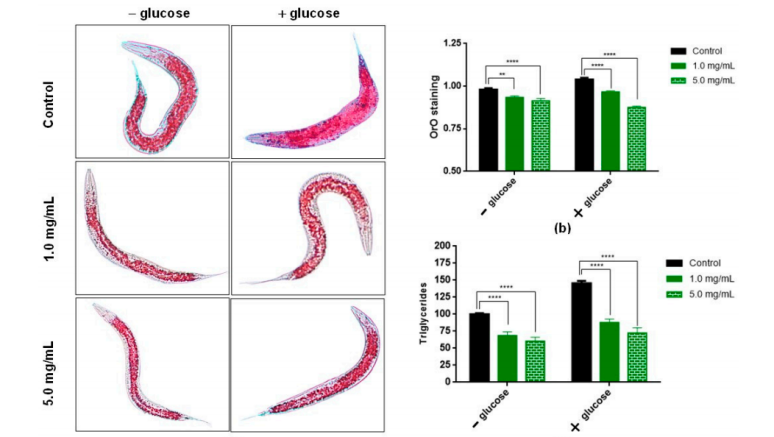
Figure 3. BT extract could reduce fat accumulation in worms.
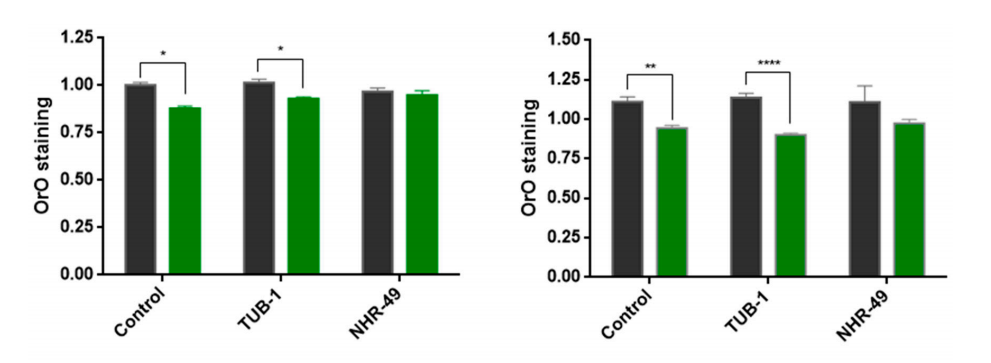
Figure 4. RNAi interference showed that there’s no statistical difference in fat storage inNHR-49 mutant worms to the control upon BT extract treatment.
Modern pharmaceutical industry shares its stem with traditional medicinal herbs. Our ancestors healed wounds and alleviated pains with these herbs. Although lacking the specificity that characterizes modern medicine, herbal treatment sometimes could work wonders beyond comprehension. Many herbs used in traditional Chinese medicine, just like B. trimera in folk Brazilian medicine, have shed light on the path of the development of modern medicine. We should agree in unison, that we need more analyses, like this one, to better demystify the treasures we have at hand.
Reference:
Souza, F.R.M.; Silva, G.M.M.; Cadavid, C.O.M.; Lisboa, L.d.S.; Silva, M.M.C.L.; Paiva, W.S.; Ferreira, M.J.P.; de Paula Oliveira, R.; Rocha, H.A.O. Antioxidant Baccharis trimera Leaf Extract Suppresses Lipid Accumulation in C. elegans Dependent on Transcription Factor NHR-49. Antioxidants 2022, 11, 1913.
DOI: https://doi.org/10.3390/antiox11101913